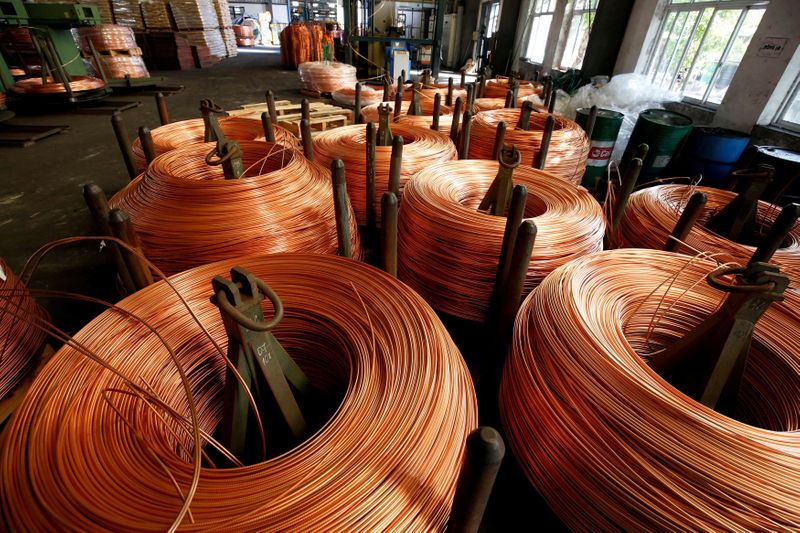
Investing.com — Analysts at BofA Securities have outlined a clear view on two important industrial metals, and , showing starkly contrasting fundamentals.
Copper is in a strong position because of high demand, limited supply, and more investment in energy transition projects.
In contrast, iron ore is facing challenges due to falling demand, especially from China’s property sector, which has traditionally been a major consumer.
Copper prices have shown remarkable resilience in 2024, rising 6% year-to-date (YTD) despite global macroeconomic challenges.
BofA analysts attribute this strength to several key factors. One factor is tight mine supply; reduced output from mines and challenges in refining have constrained copper supply.
Treatment and refining charges (TC/RCs) have dropped sharply, highlighting the difficulties smelters face in processing copper under current market conditions.
Additionally, spending on energy infrastructure, particularly grid expansion projects related to decarbonization, has significantly supported copper demand.
In China, investments in grid expansion have counterbalanced weaker demand from other sectors like housing, providing crucial support for the metal.
Furthermore, supply chain disruptions and limited availability of concentrate have worsened copper’s supply constraints, leading to expectations of a market deficit and keeping prices high.
“Manufacturing activity should stabilise as the Fed cuts rates, so we maintain our constructive copper view into 2025,” the analysts said.
As a result, copper prices are expected to continue rising, with forecasts suggesting a climb to $10,750/t by 2025.
Historically a major consumer of steel and iron ore, China’s real estate sector has drastically cut its demand.
In 2010, it accounted for 50% of China’s iron ore consumption, but by 2024, this share has fallen to just 20%, driven by government crackdowns on speculative investments and a long-term slowdown in housing starts.
Additionally, steel production, closely linked to iron ore demand, has also been declining. Although demand from other sectors like machinery has provided some offset, it hasn’t been enough to counteract the downturn in construction.
This has led to negative steel mill margins in China, prompting further production cuts. On the supply side, major producers such as Australia and Brazil have continued to increase their iron ore exports, worsening the oversupply situation.
“With a surplus of 190mt, or 7.5% of total supply expected for next year, this suggests that prices may fall below $80/t, to incentivise either the large miners to stop adding to supply or take some of the higher cost operations especially in China out of the market,” the analysts said.
The differences between the copper and iron ore markets come from their supply and demand fundamentals.
Copper, which is essential for the global transition to green energy and has tight mine supply, is likely to keep its price support.
On the other hand, iron ore, dependent on China’s struggling property sector and increasing global supply, faces ongoing downward pressure on its prices.
BofA remains bullish on copper due to strong structural demand and expects price appreciation to persist as global economies stabilize and green energy projects ramp up.
While iron ore’s future appears grim, with oversupply and weak demand likely leading to further declines in prices unless drastic production cuts are implemented.

